JT and I began our recent trip to Memphis with a stop at the National Civil Rights Museum at the Lorraine Motel.
Located in Downtown Memphis, not far from Beale Street,
the Lorraine Motel is significant because it was where Martin Luther King, Jr. was assassinated on the evening of April 4, 1968.
The Museum, built next door to the Motel, documents the Civil Rights Movement with an interactive and an interpretive timeline.
Visitors will learn about slave ships that transported hundreds of people to America; Jim Crow laws that kept segregation legal and pioneers in the Movement like Rosa Parks.
As I made my way through the museum, I read why Martin Luther King was in Memphis at the time of his assassination.
King had came to Memphis to rally with striking sanitary workers who were asking for higher wages. The sanitary workers rally cry became “I AM A MAN” – a simple; but powerful message that, I believe, symbolized the entire Civil Rights Movement. Black Americans wanted to have the same rights and freedoms that white Americans were given. They wanted people to know that they were man too.
As I turned to my left to read the next section on King, a cool chill ran through my body when I realized that I was looking into his room and at the balcony where he was shot.
In addition to the Civil Rights Timeline, your ticket also allows you access to the building across the street from the Lorraine Motel.
This is the building, a boardinghouse at the time, where James Earl Ray, the suspected assassin, was at when it is believed that he fired the shot that killed Martin Luther King.
The main exhibition in this building is the evidence collected against Ray, who confessed to the murder; but later recounted his plea.

The viewpoint from the boarding house where the assassin was suspected to be positioned at the time of the murder.
The topics covered in the Civil Rights Timeline provoke emotions that I have never felt before.
Typically when leave a museum, I feel good and uplifted about my experience.
But when I left the National Civil Rights Museum, I felt saddened, humbled and disappointed; but also motivated.
We are constantly learning, growing, and believing for change,
and growing up, I heard stories of the segregated South and the violence that black people endured because of their skin color.
It did not become a reality for me until I had the chance to see the videos, the photographs and the images.
We have come so far since that time, but I know we have so far to go, especially since racism still exists in our country.
The Civil Rights Movement continues until everyone does their part to
ERACISM.
TIPS for going to the National Civil Rights Museum
Go Inside
You can view the balcony where Martin Luther King was assassinated without going inside to the rest of the Museum. But why would you do just that.
If you do not go in, you will miss out on so much more history and information. Yes, the tickets are $13.00 for adults, but they are well worth it.
Buy the Audio Tour
For only $2.00 extra, you can listen to Ruby Dee and Ossie Davis narrate the key topics of the Civil Rights Movement.
Although they do not address every topic on the timeline, you will learn more by listening to them.
Watch the MLK Video
The video is about 30 minutes; but it is well worth the time. The video give eye-witness accounts of the assassination of King.
Watching it gave me chills and connected me with the events that happened only a few steps from where I sat.
Take Your Time
The Museum offers too much to see, read and listen to, to rush through it. Give yourself at least two to three hours see everything.
Had we had more time, we could have spent another hour beyond the two and half hours that we were.
Just Go!
This not a museum just about black history and is for black people.
This is a museum for everyone!
You may say, “Well I am not black. What will I learn from it?”
We all have something to learn from this museum.
We do not want has happened in the past to happen again.
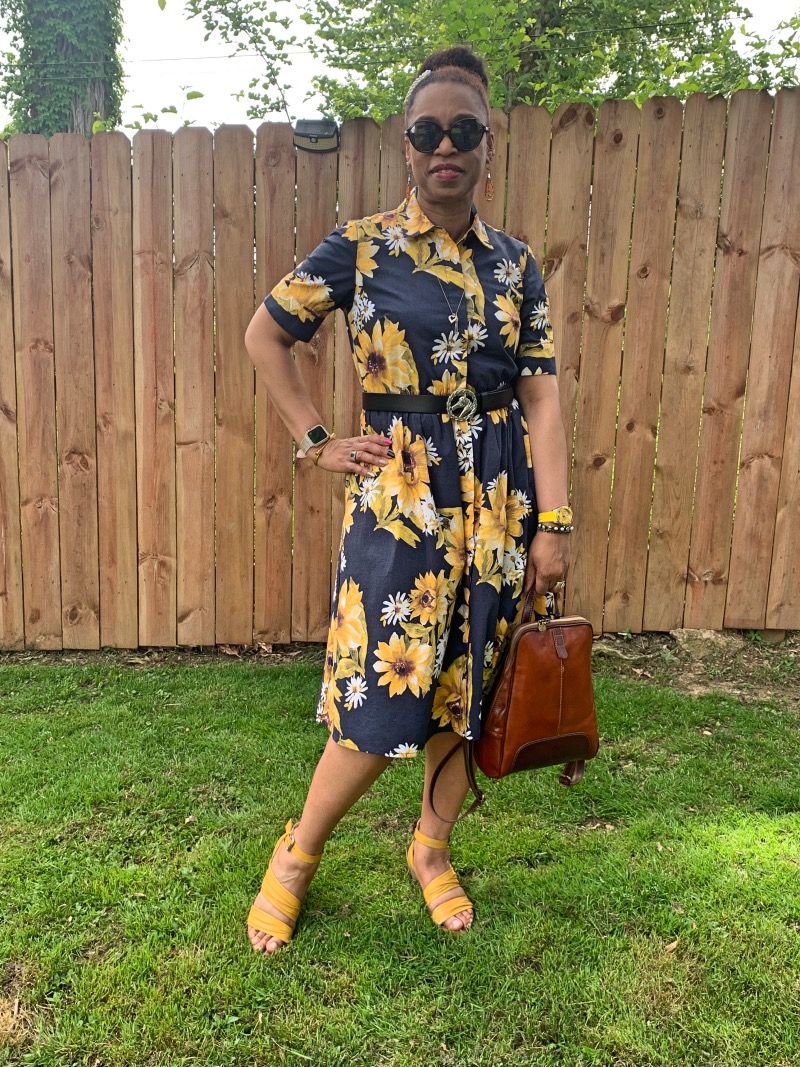
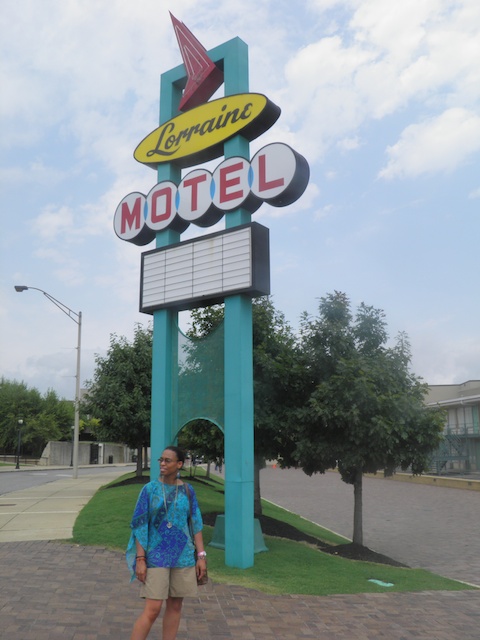
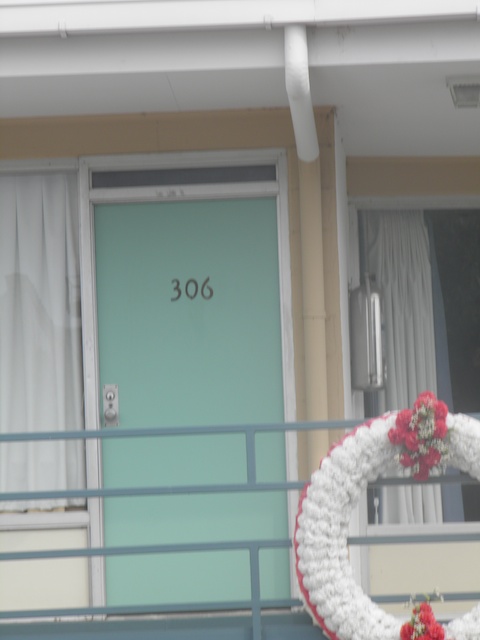
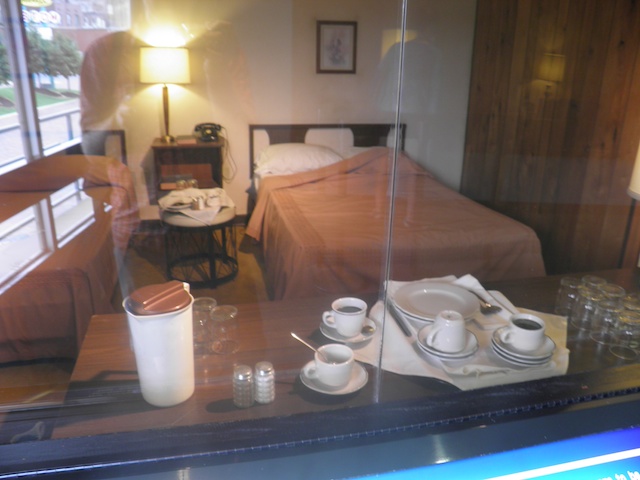
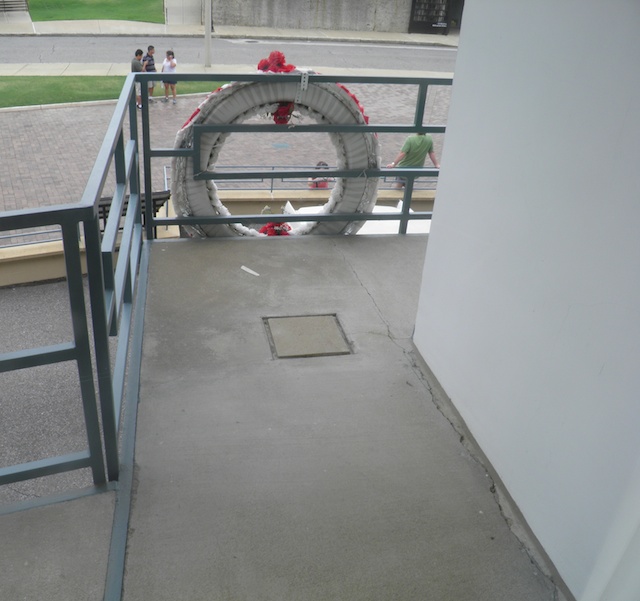



I also share this very humbling experience too as I visited the museum years ago. I remember taking a seat inside to absorb everything around me and also what was written about what happened that very, tragic day.
I just think it’s sad that racism still exists everywhere around the world still…
Thanks for stopping by, it feels like ages, but good to see you lovely.
x.o.x.o
Yes, it is a shame that racism still exists today.
But walking through this museum and watching the video will cause people to take a second look at what is has done to our society.
Maybe this museum will cause them too stop.
Jay
What a wonderful post! I still remember reading the letter he wrote from Birmingham in school. I think everyone should read that, it’s powerful as well as enlightening. I really want to go visit the museum. Wishing you a great week dear.
Madison,
I highly recommend visiting the museum. You will walk away feeling changed, in some many ways.
If you are in the Memphis area or passing through, I would make a point to go.
Jay
Such a senseless act. It is so sad that we kill those that promote good and idolize the ones that promote evil! My mom went to this hotel during one of her travels as well. Kiah
Yes, such a senseless act.
I do believe that so many people have their priorities mixed up.
The people who are doing good are often ridiculed for their efforts.
But the ones who are viewed as successful are the ones who not so good things.
I believe that this Civil Rights Museum can help change the way that people view racism and how evil it is/was.
Jay